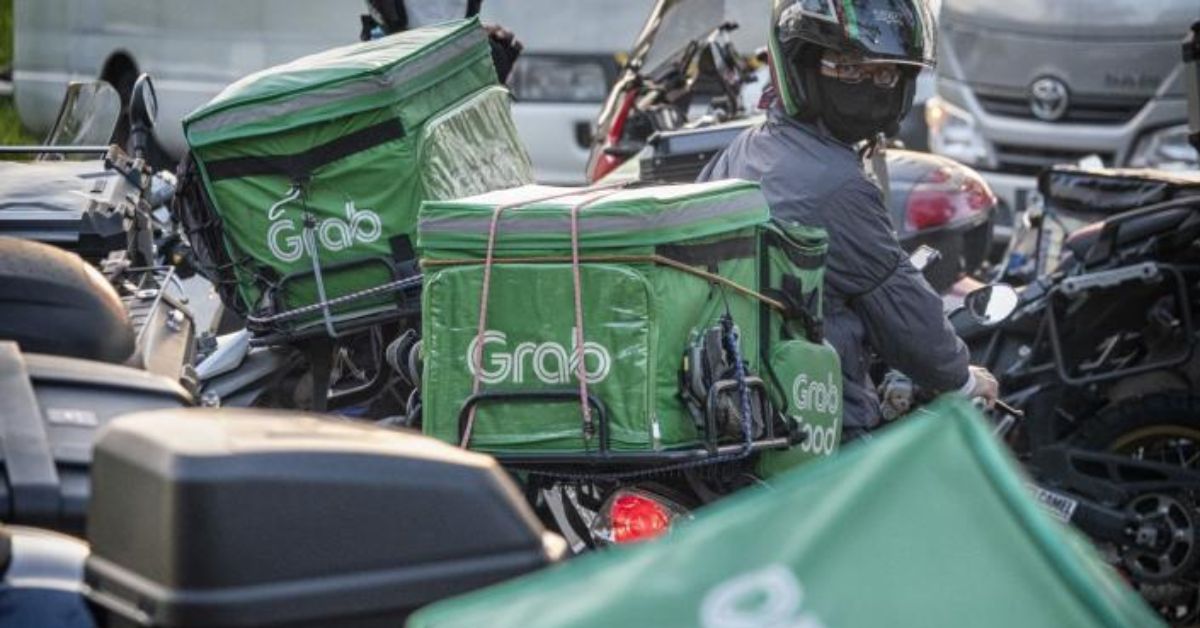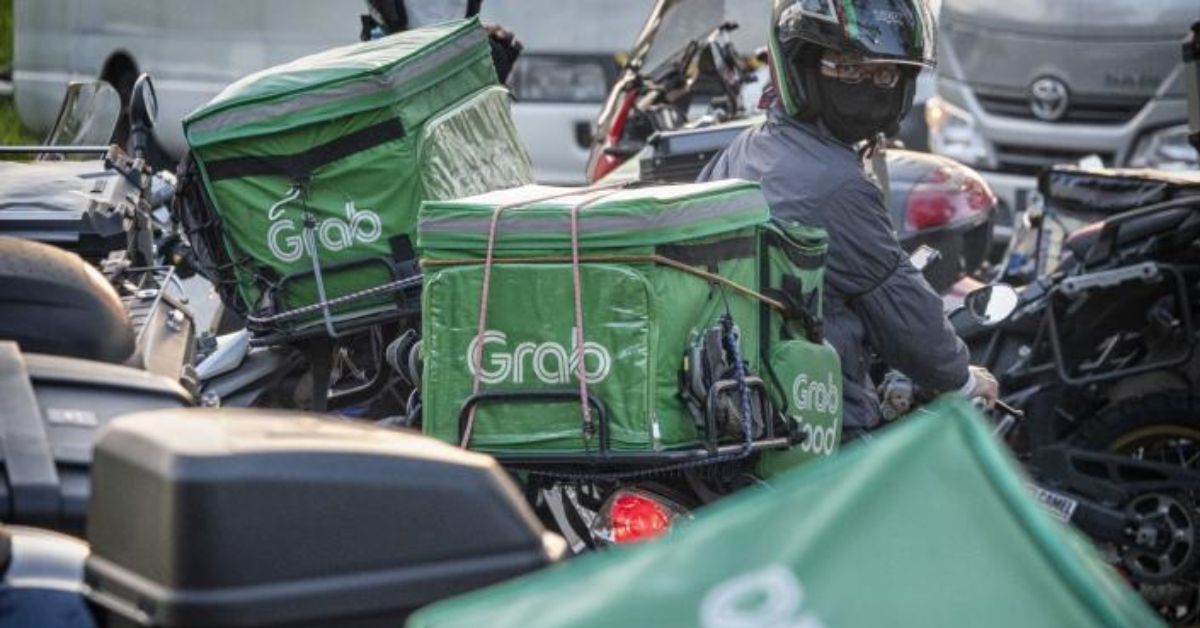Grab Holdings Ltd. announced on Monday that it had prepaid $600 million in debt before of its 2026 maturity date, capitalizing on extra cash that was present on the company’s balance sheet.
The ride-hailing and delivery company located in Singapore successfully concluded the transaction a week ago, bringing its total debt under an ongoing term loan to $517 million. This is a significant decrease from the prior sum of $1.117 billion. Grab also has additional bank debt amounting to roughly $200 million.
Grab is taking advantage of its excellent cash position to reduce its gross debt balance and produce interest savings, according to Chief Financial Officer Peter Oey. “Given the macroeconomic situation, Grab is taking advantage of our healthy cash position to reduce our gross debt balance,”

Grab used a Dutch auction tender offer in November to buy back around $750 million in debt, which was a portion of its $2 billion term loan B. This is a method in which the auctioneer sets a starting price that drops until bids are placed on the item being auctioned off. According to Oey, this made it possible for the corporation to buy back its debt at an average price of 98.4 cents on the dollar.
More Latest News:
- Rivian Plans To Raise Money By Selling $1.3 Billion In Bonds, Shares Fall
- Worst Markets In The World Fall Into A Crisis When Dollars Are Scarce
Oey stated, “The cost of capital is getting extremely costly,” drawing attention to recent increases in interest rates implemented by the Federal Reserve and other central banks. “The cost of capital is getting very expensive.” According to Oey, Grab just purchased a $500 million hedge with an interest-rate cap. This provides the company with complete protection against rate changes that occur within a particular range, and partial protection for rate changes that occur above that range.
Nasdaq-listed Grab, which is based in the United States and has investors there, but makes all of its money in Southeast Asia, is preparing for the possibility that interest rates may be raised at the next meeting of the Federal Reserve, which will take place later this month, according to the CFO. Oey warned that the interest rate could get more expensive with each passing month. The business did not want to remark on the question of what the optimal level of its debt would be.
“At this point, we do not have plans for additional debt repurchases or prepayment,” said Oey, adding that Grab will continue to evaluate the cost of capital. “At this point, we do not have plans for further debt repurchases or prepayment,” Oey said. The corporation does not have any bonds that are currently outstanding.
Grab announced in its most recent earnings conference, which took place in February, that it will move its target of reaching a breakeven point earlier, from the second half of 2024 to the fourth quarter of 2023. According to the company’s Chief Financial Officer (CFO), the company’s efforts to minimize spending, reduce manpower in some regional corporate areas, and boost operational efficiency are paying off.
Grab anticipates that it would incur losses for adjusted earnings before interest, tax, depreciation, and amortization in the range of $275 million to $325 million in 2023, which will be a significant improvement from the adjusted ebitda loss of $793 million that it incurred in 2022. Their loss for the year was estimated to be $1.74 billion, which is a decrease from its loss of $3.55 billion at the end of 2021.
Grab’s share price has decreased by 2.5% so far this year, lagging behind the Nasdaq Composite Index’s growth of 12%. According to the company’s CFO, the net cash holdings of the company, which stood at $5.1 billion at the end of December, are adequate to handle any financial needs.
According to an email sent by Nathan Naidu, an analyst at Bloomberg Intelligence, the company should be able to lessen the volatility of its cash flow by paying down more of its floating rate term loan. This is significant during a time when interest rates are rising.
According to Angus Mackintosh, an analyst at Smartkarma, “Grab’s decision shows it has spare funds,” and paying off the term loan will save interest charges, which will assist hasten the path to profitability by saving on cost.
Mackintosh mentioned that some of the company’s competitors are taking the opposite approach in order to “prolong runways of available liquid capital.” The leading ride-hailing company located in the United States, Uber Technologies Inc., disclosed in a filing that it had borrowed $1.75 billion as part of a term loan deal last week. A request for comment was sent to Uber, but they did not react right away.
According to Mackintosh, investors value not only companies that make steps to reduce their debt but also businesses that effectively manage their cash. According to what he wrote in an email, “if the company is paying very high interest on a debt instrument that is surplus to requirements, then lowering that exposure makes sense from the perspective of cost-saving.”
Even if the economy is showing signs of slowing, the analyst believes that Grab will still be able to meet its previous target of breaking even because the company is reducing the number of user incentives it offers. According to Naidu, the business also benefits from the recent uptick in demand for travel and commuting, which has been on the rise.
If you liked this article, tell us what you thought about it in the comments section. And don’t forget to come back to our website Journalist PR to find out what’s going on.

Leave a Reply